Pan-American Exposition & Stamps
The Pan-American Exposition opened to the public on May 1, 1901, in Buffalo, New York. That same day the set of six Pan-American stamps went on sale.
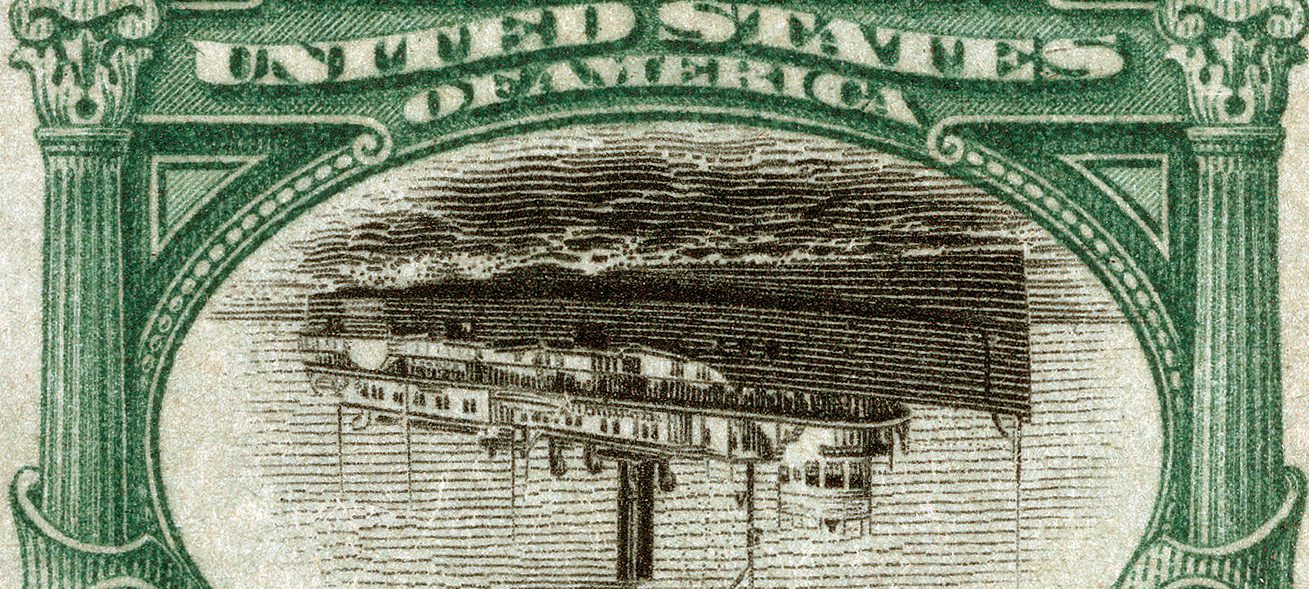
The Pan-American Exposition opened to the public on May 1, 1901, in Buffalo, New York. That same day the set of six Pan-American stamps went on sale.
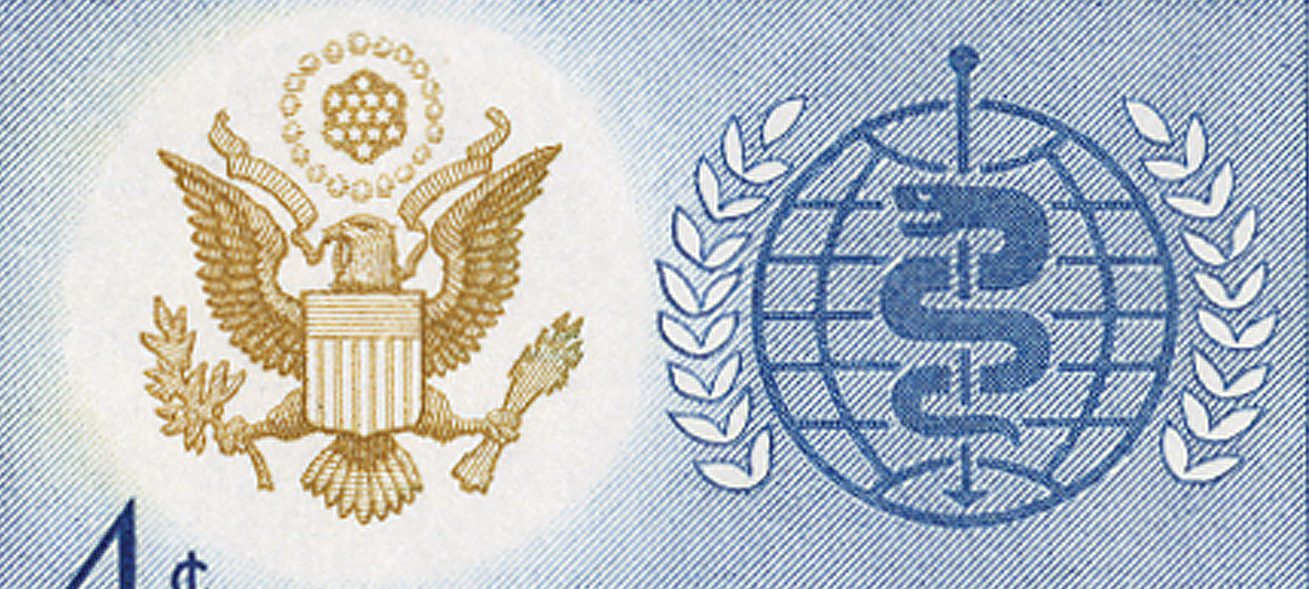
On April 7, 1948, the World Health Organization (WHO) was officially created as a specialized agency of the United Nations. The WHO coordinates international efforts to combat outbreaks of infectious diseases and conduct research and education.
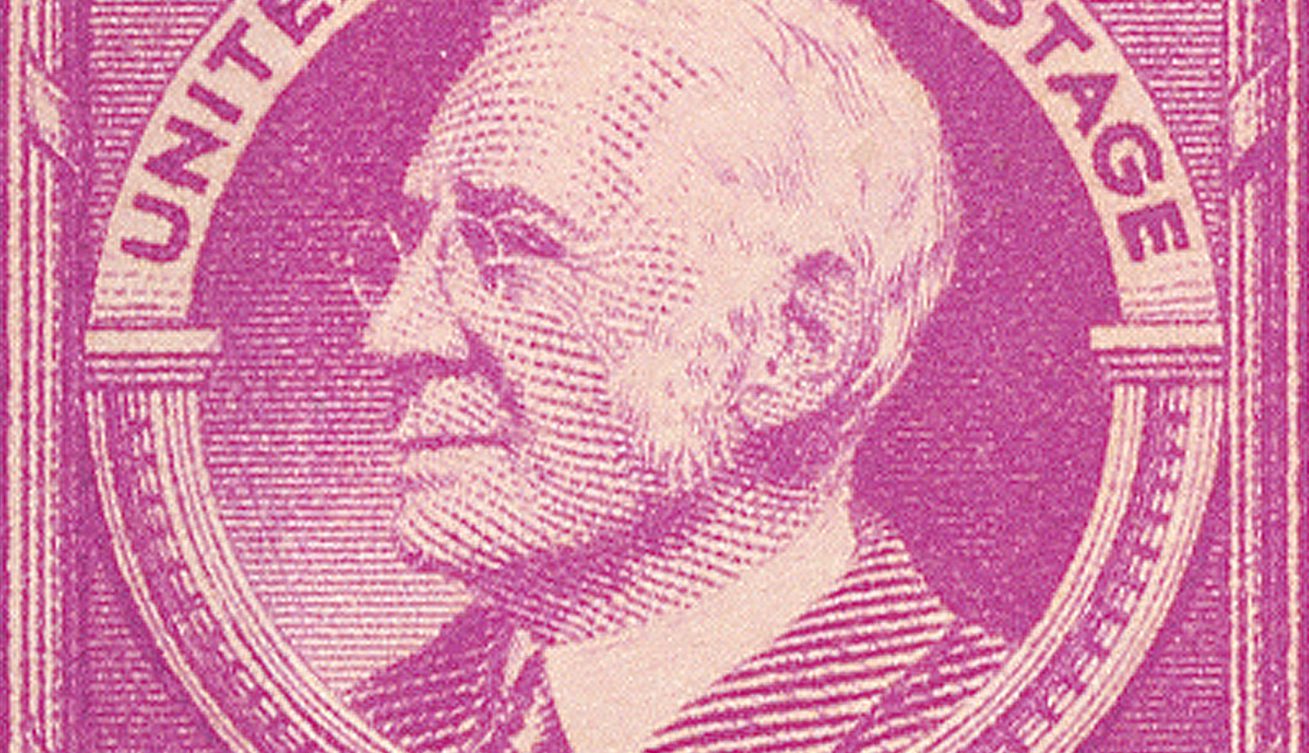
Educator Charles William Eliot was born on March 20, 1834, in Boston, Massachusetts. A pioneer in higher education reform, he was Harvard’s youngest and longest-serving president, and helped make it the premier university it is today.
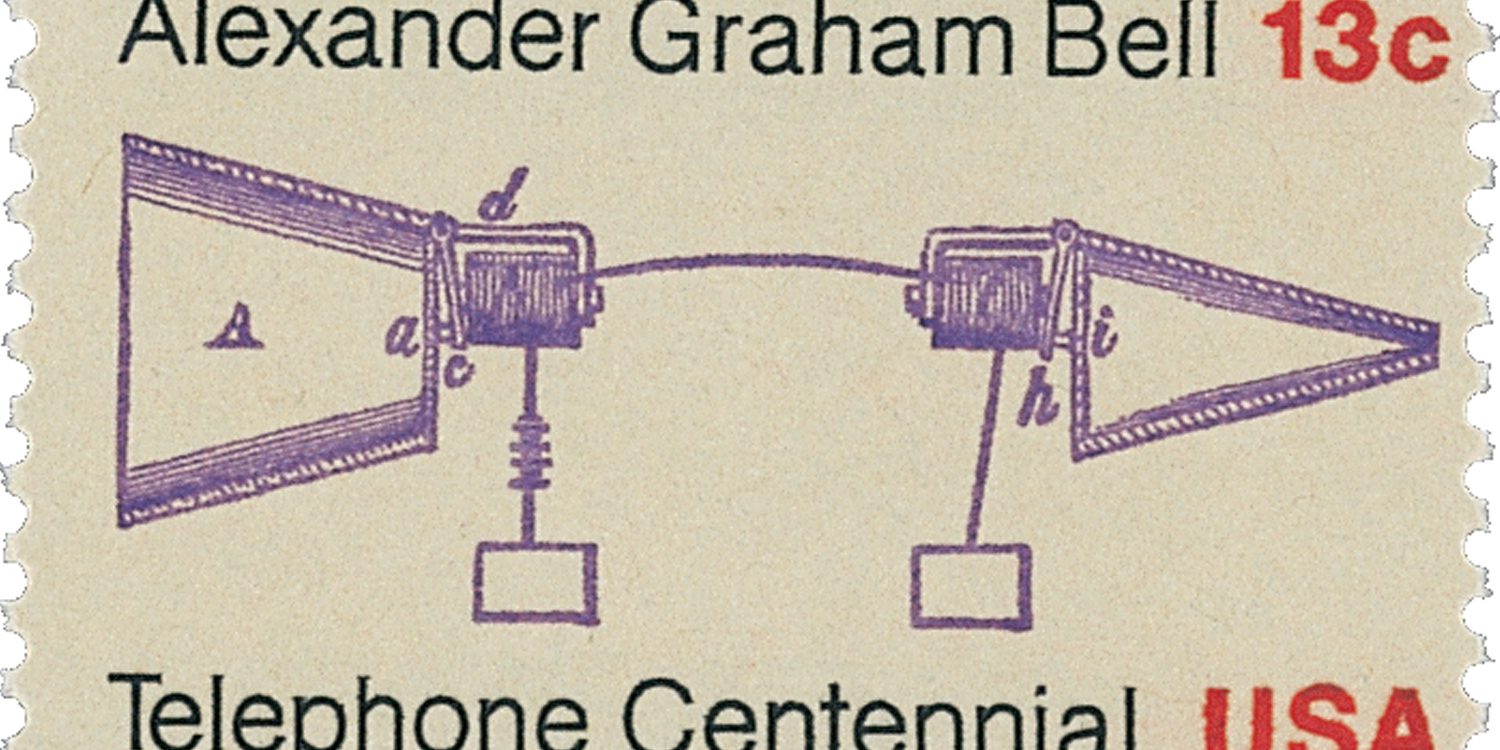
On March 10, 1876, Alexander Graham Bell transmitted the first words by telephone, to his assistant in another room. Bell had received his patent for the telephone three days earlier.
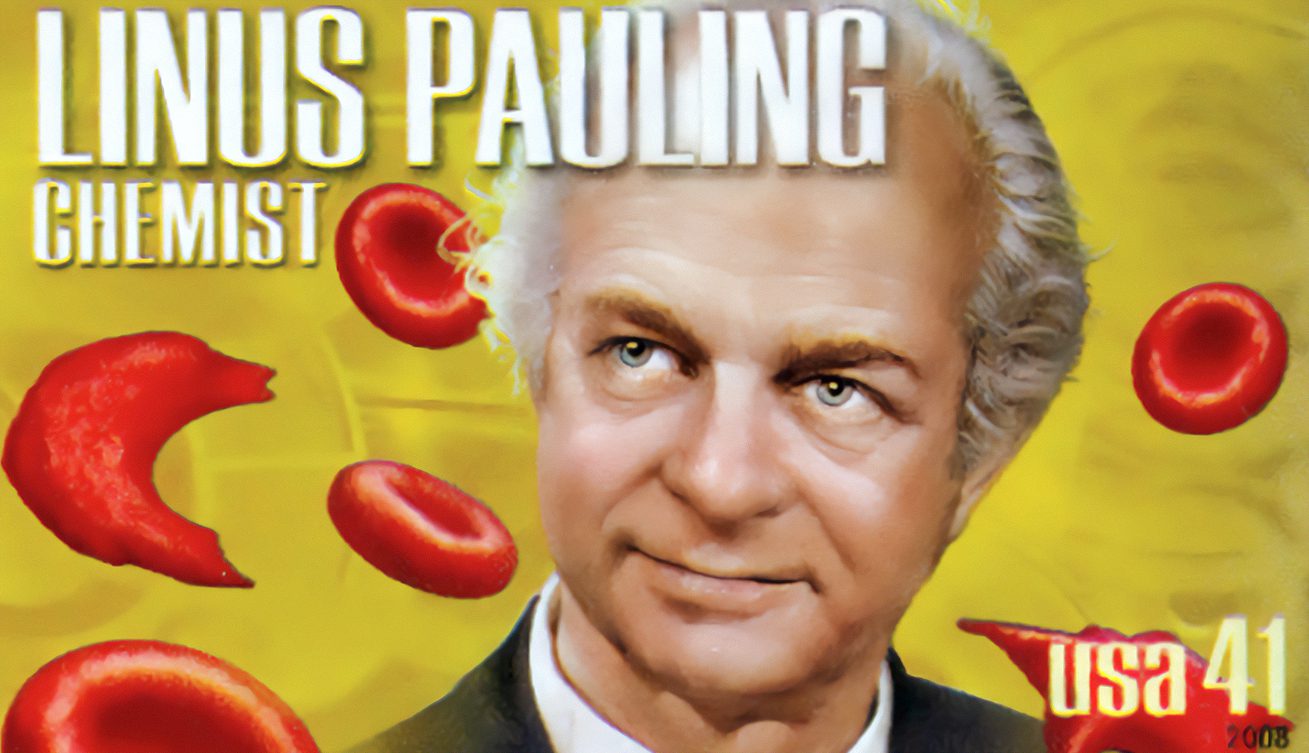
American scientist Linus Pauling was born on February 28, 1901, in Portland, Oregon. He’s the only person to win two unshared Nobel Prizes, and one of just two people to have the prizes in different fields.
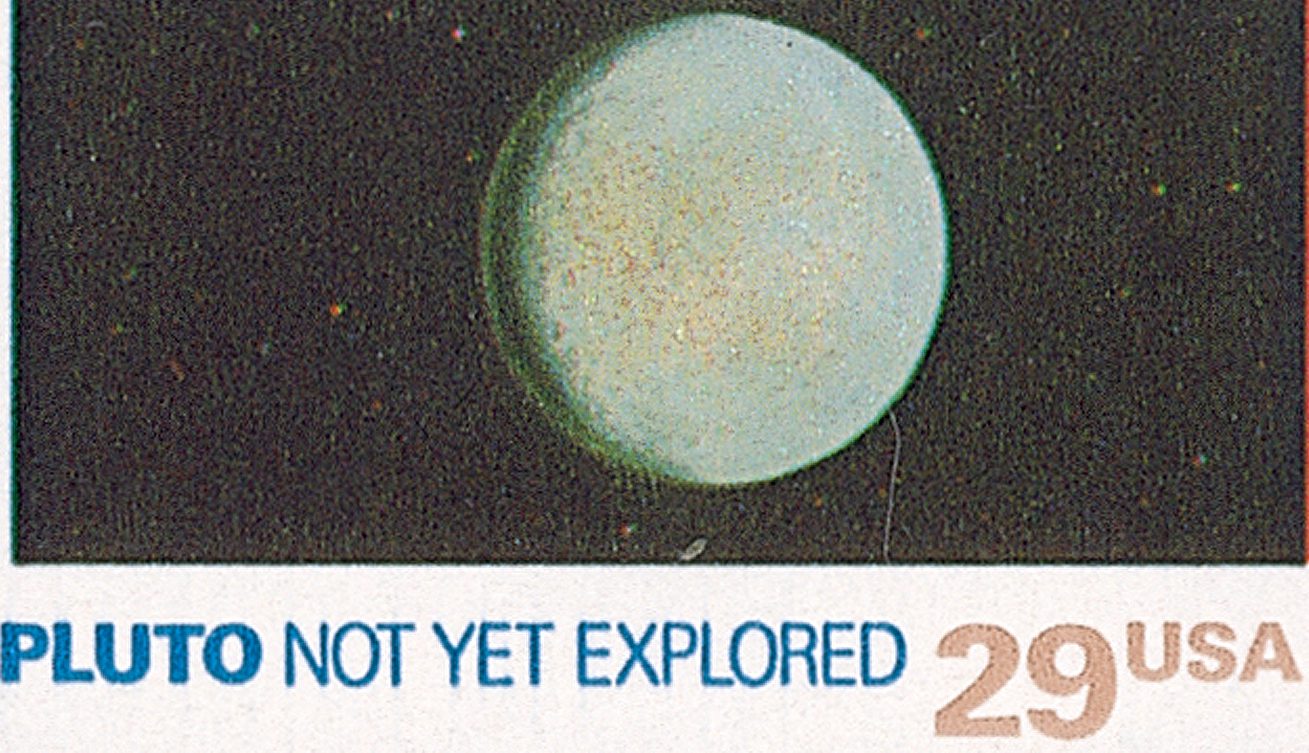
On February 18, 1930, Clyde Tombaugh discovered Pluto after nearly a year of searching. It would be another 85 years before the US sent its first space probe there – inspired by a postage stamp!
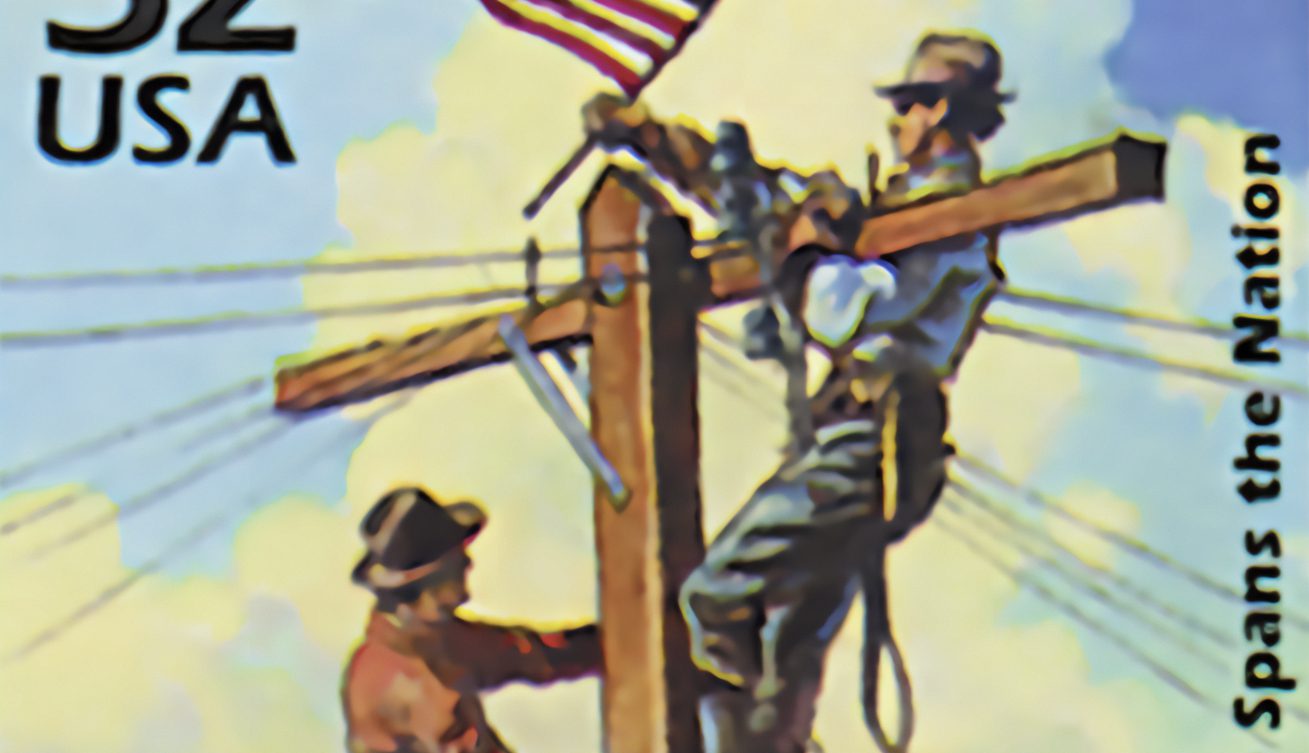
On January 25, 1915, the first official transcontinental telephone call from New York to San Francisco was made. It was a revolutionary moment in communication, instantly linking callers on either side of the country.
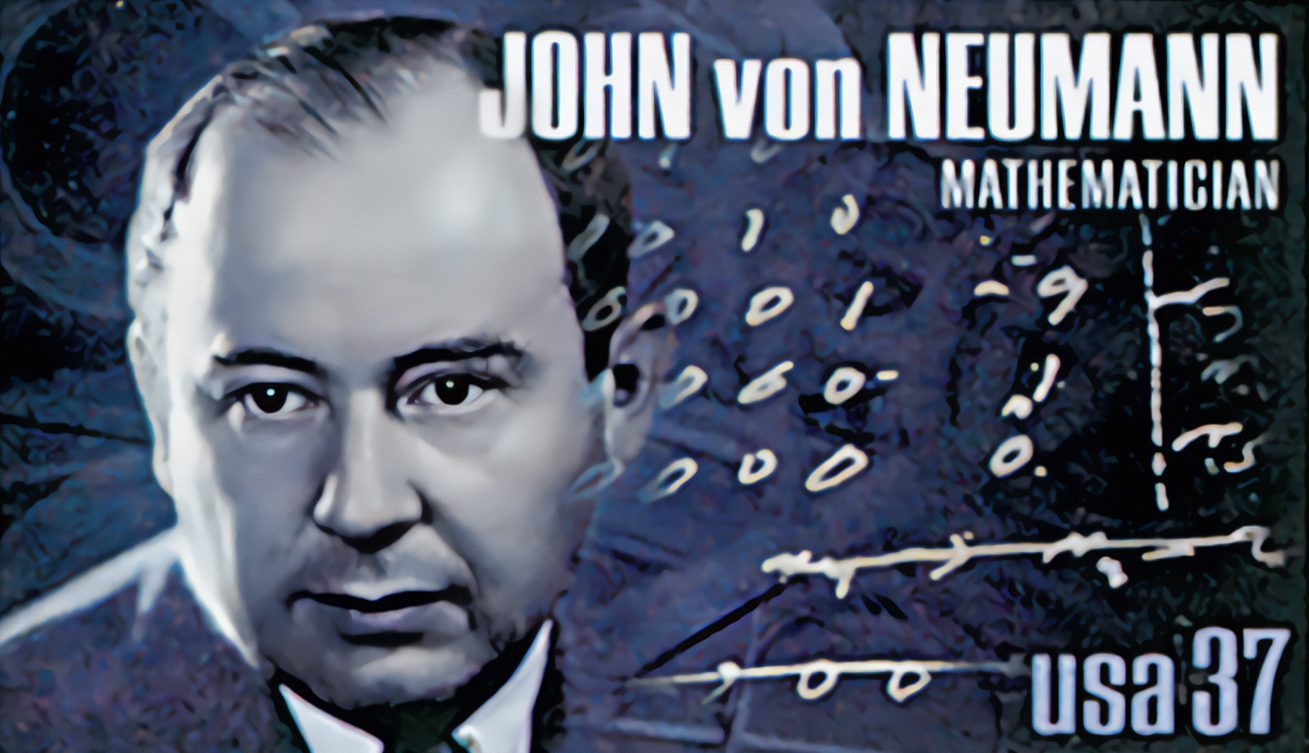
Mathematician and scientist John von Neumann was born on December 28, 1903, in Budapest, Hungary.
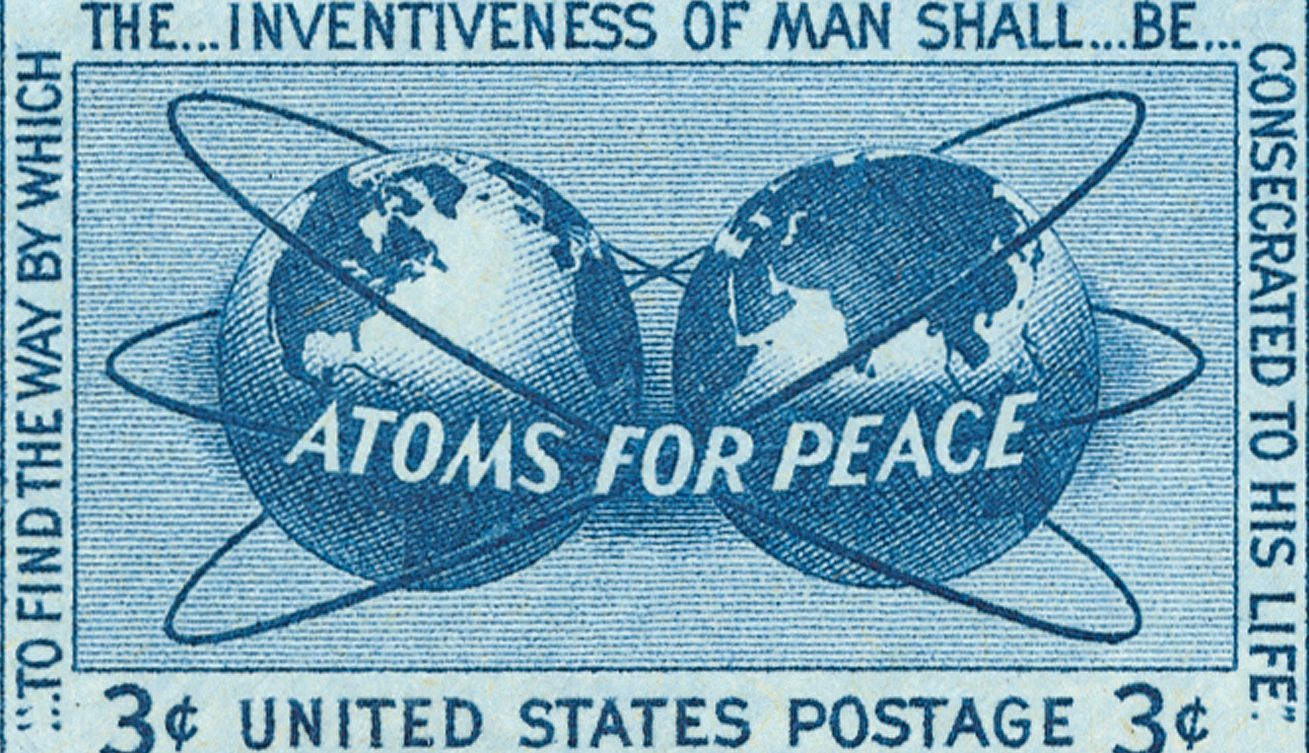
On December 8, 1953, President Dwight D. Eisenhower delivered his “Atoms for Peace” speech, introducing his goal of using nuclear power for peace.